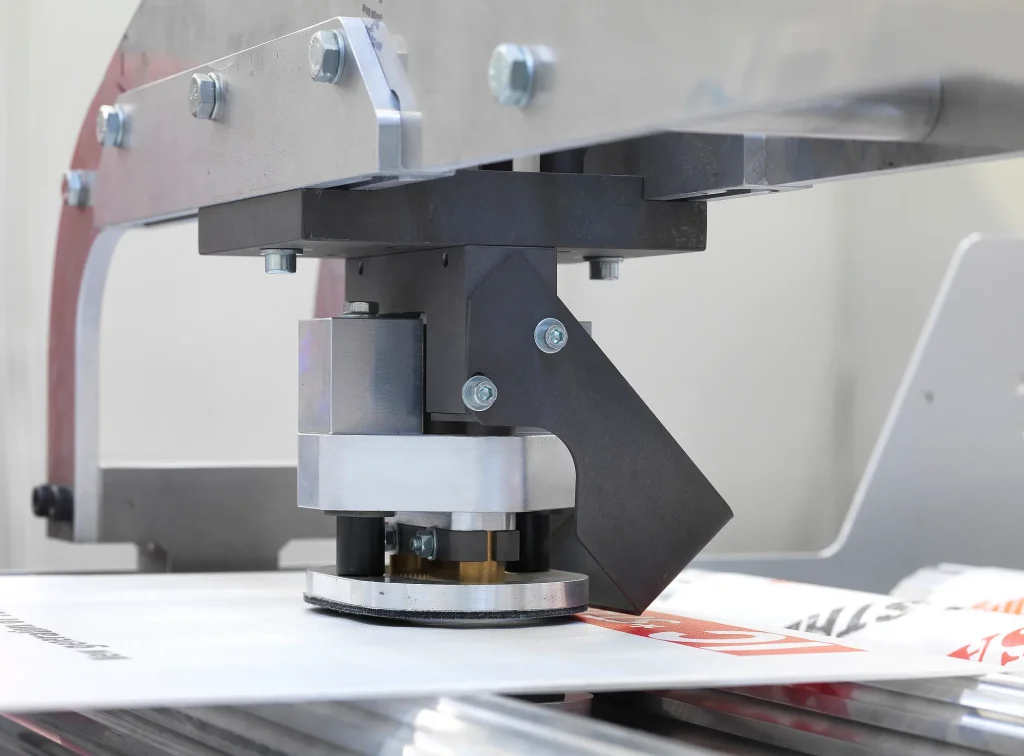
The world of packaging has witnessed substantial advancements over the years, leading to the development of specialized products tailored to meet various needs across industries. Among these innovations are Moisture Proof Woven Bags and Waterproof Woven Bags. Although both serve similar protective functions, they cater to different requirements, making it essential for businesses to understand their unique characteristics and advantages.
Definitions and Characteristics
Moisture Proof Woven Bags are designed to resist moisture penetration. They are made from woven polypropylene (PP) and often treated or coated to enhance their barrier properties against humidity. These bags are particularly useful for products that require protection from moisture but are not directly exposed to water. Common applications include packaging for agricultural products, food items, and construction materials.
On the other hand, Waterproof Woven Bags provide a higher level of protection, not only resisting moisture but also preventing water from penetrating the bag entirely. These bags are ideal for transporting products that may be exposed to wet conditions, such as in outdoor settings or during inclement weather. They are frequently used in the shipping of chemicals, fertilizers, and construction materials, ensuring that the contents remain dry even in extreme conditions.
| Feature | Moisture Proof Woven Bags | Waterproof Woven Bags |
|---|---|---|
| Material | Woven Polypropylene (PP) | Woven Polypropylene (PP) |
| Barrier Properties | Resistant to moisture | Impermeable to water |
| Common Applications | Agricultural products, food, chemicals | Construction materials, outdoor storage |
| Cost | Generally lower | Usually higher |
| Durability | Moderate | High |
| Customization | Available for various sizes/colors | Available for various sizes/colors |
Functional Strength Comparison
When comparing the functionality of Moisture Proof Woven Bags and Waterproof Woven Bags, it’s important to assess their respective capabilities:
- Moisture Protection: Moisture Proof Woven Bags effectively protect contents from dampness and humidity, making them suitable for items that need to avoid mold, mildew, and degradation due to moisture exposure.
- Water Resistance: Waterproof Woven Bags take this a step further by offering complete protection against water, ensuring that no liquid can penetrate the bag. This feature is critical for businesses that require stringent protective measures, especially in industries where products are regularly exposed to wet environments.
- Durability and Longevity: While both types of bags are robust, Waterproof Woven Bags tend to be more durable due to their additional protective coatings. They are designed to withstand harsh weather conditions, making them the preferred choice for outdoor use.
- Cost Considerations: Moisture Proof Woven Bags are typically less expensive due to their simpler construction and lower manufacturing costs. However, for products that need guaranteed protection against water, the investment in Waterproof Woven Bags is justified, given their enhanced protective features.
- Customization Options: Both types of bags can be customized in terms of size, color, and print. This flexibility allows businesses to align their packaging with branding requirements while ensuring functional needs are met.
The Role of Advanced Manufacturing
The production of these specialized bags has also been enhanced by technological advancements in manufacturing. At VidePak, the adoption of Starlinger’s state-of-the-art equipment has transformed the production processes, allowing for precise control over material quality and bag specifications. This is particularly significant in the context of producing Moisture Proof PP Bags and Waterproof Woven Bags.
3D weaving technology has emerged as a game changer in the production of multi-wall woven bags, offering improved strength and flexibility while maintaining lightweight characteristics. This innovation ensures that the bags produced can cater to various demands, from heavy-duty applications to more delicate packaging needs.
Automated production processes streamline the manufacturing cycle, reducing labor costs and enhancing output quality. Automation not only improves efficiency but also ensures that every bag meets stringent quality control standards. For instance, Moisture Proof Woven Sacks can be manufactured with consistent thickness and treatment, ensuring uniform performance across batches.
Application-Specific Considerations
When choosing between Moisture Proof Woven Bags and Waterproof Woven Bags, businesses should consider their specific application needs:
- Moisture Proof Woven Bags are ideal for agricultural products like grains and seeds, where preventing moisture ingress is crucial for product longevity.
- Waterproof Woven Bags are necessary for chemicals or fertilizers, particularly when they must be stored outdoors or transported in rainy conditions.
In addition, the ability to customize these bags means businesses can tailor their packaging solutions according to their operational demands, enhancing their branding while ensuring product integrity.
Conclusion
In summary, both Moisture Proof Woven Bags and Waterproof Woven Bags offer unique advantages, depending on the specific requirements of a business. While Moisture Proof Bags provide adequate protection against humidity, Waterproof Bags ensure total water resistance, making them suitable for more demanding environments.
Investing in quality manufacturing technologies, such as those offered by Starlinger, further enhances the performance and reliability of these bags. As businesses continue to seek efficient and effective packaging solutions, understanding the distinctions between these two types of woven bags will empower them to make informed choices that align with their operational needs.
For further details on Moisture Proof Woven Bags, please visit this link: Moisture Proof Woven Bags.